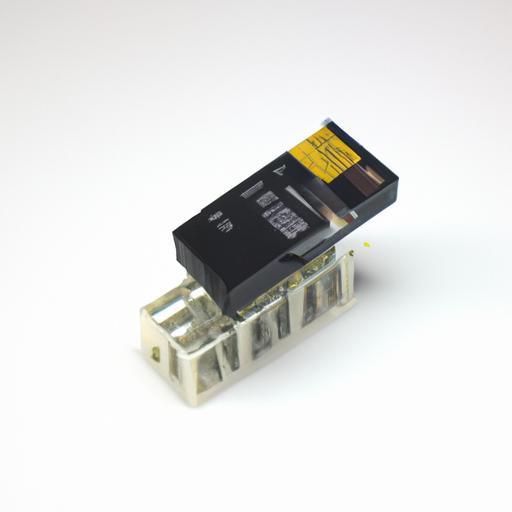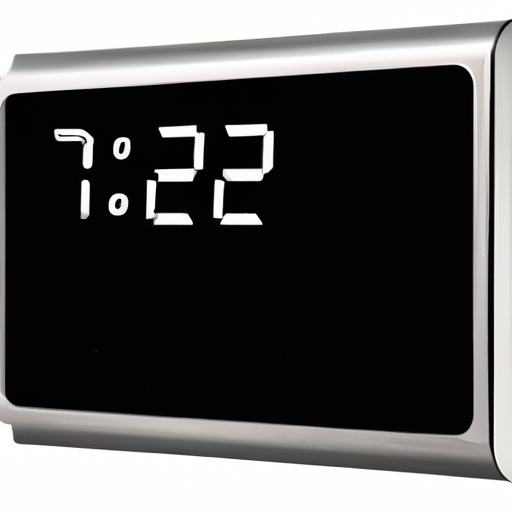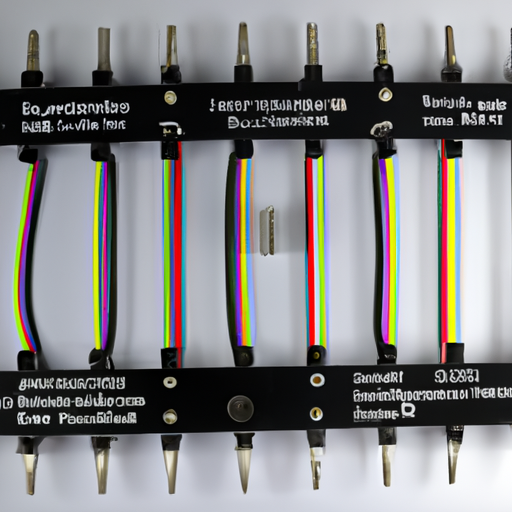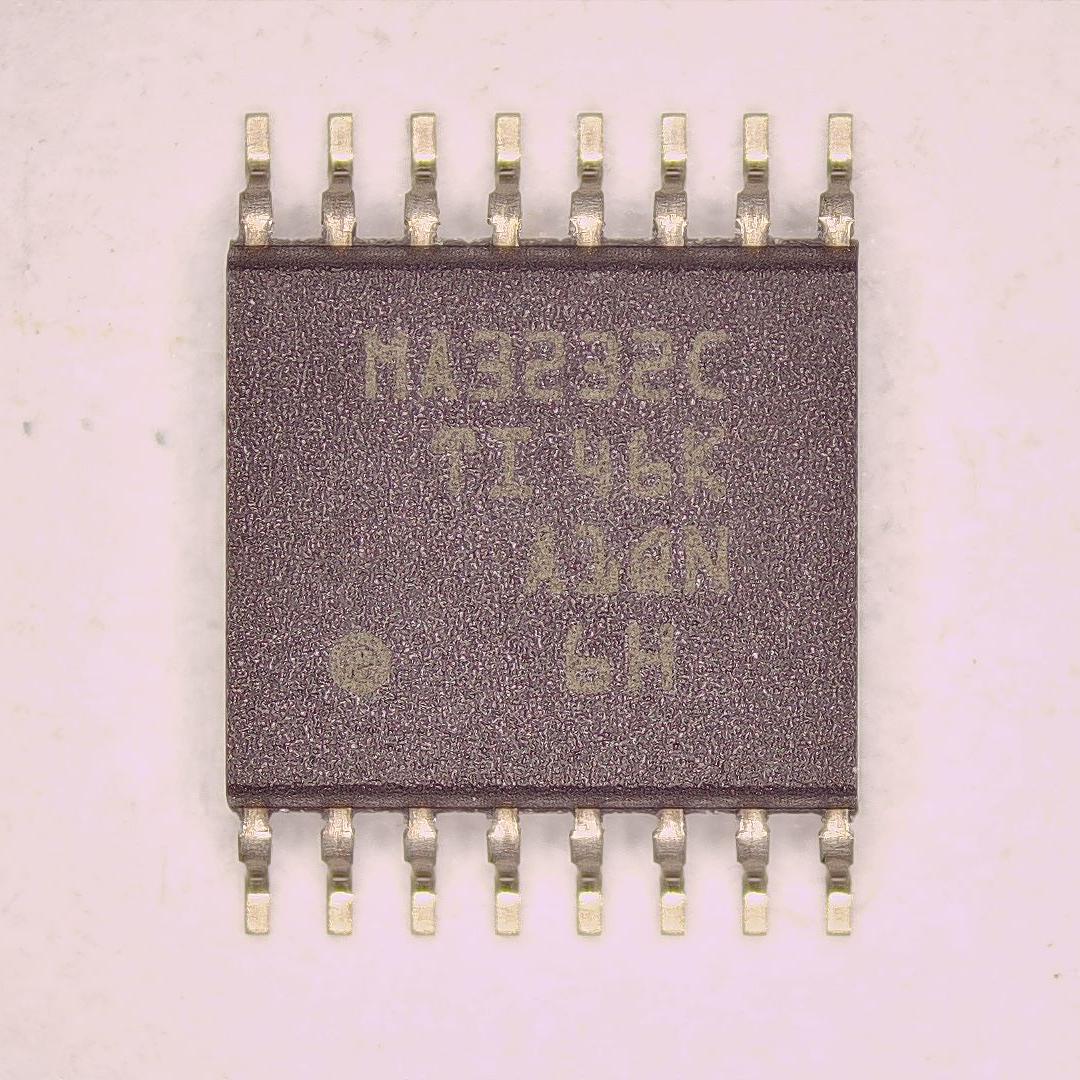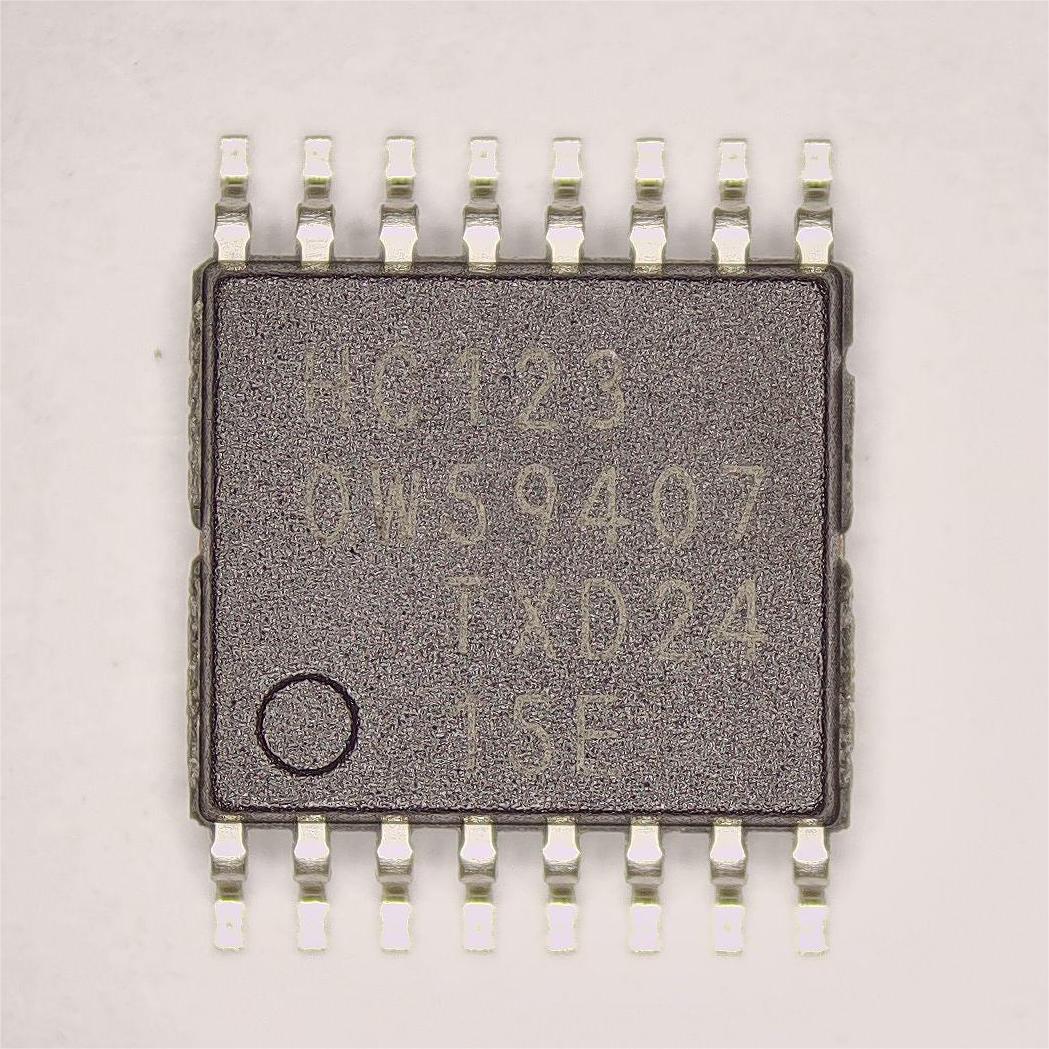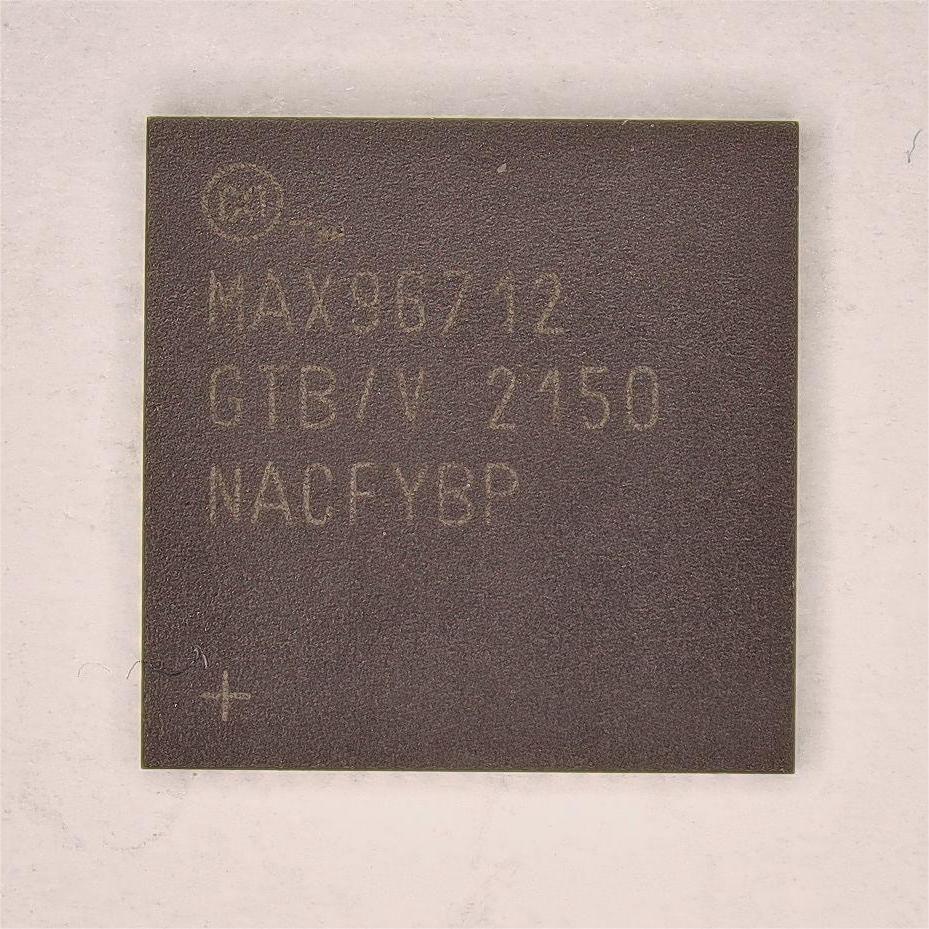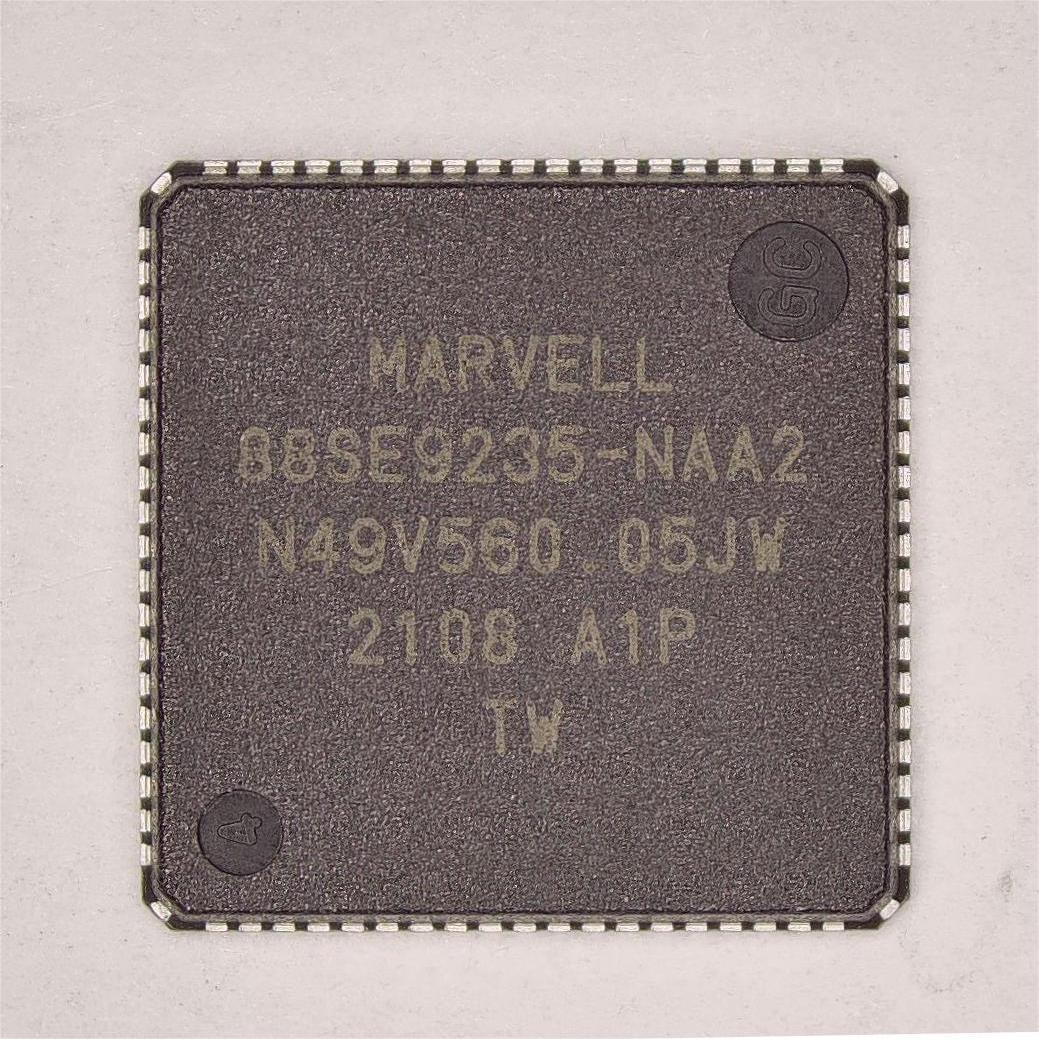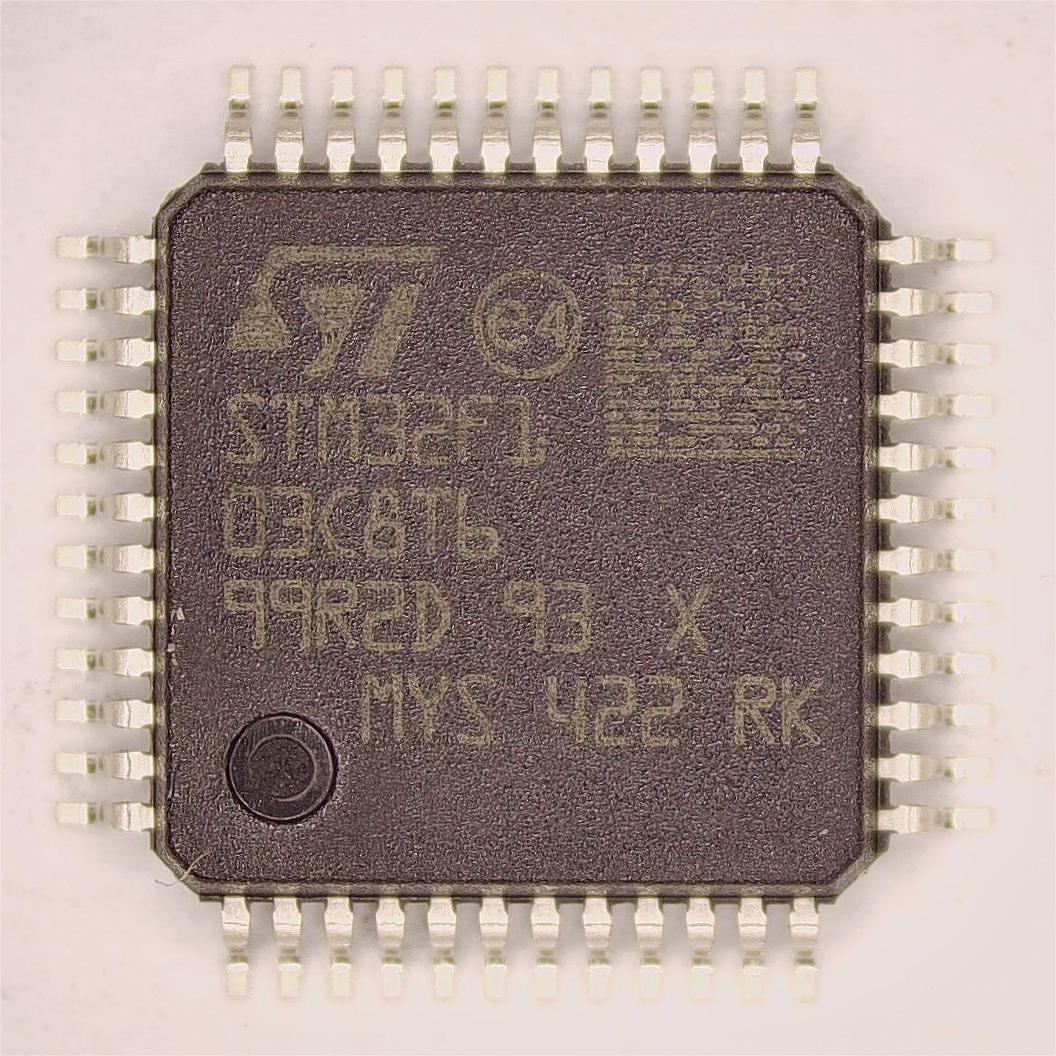What is the role of hot plug controller in DC boost circuit
Hot plug controllers are usually used in high availability systems such as servers, network switches, and other forms of communication infrastructure. This kind of system usually needs to replace the faulty circuit board or module in the charged state, and the system still operates normally. This process is called hot plug.
One use of the hot plug controller is to solve the output end protection problem of the switching DC boost circuit by using the overcurrent and short-circuit protection functions of the hot plug protection circuit.
The DC boost circuit is a switching DC boost circuit. The output voltage is higher than the input voltage, and the polarity of the output voltage is unchanged. It is to raise the low DC voltage provided by the battery to the required voltage value. Its basic working process is: high-frequency oscillation generates low-voltage pulses - pulse transformer boosts to a predetermined voltage value - pulse rectification to obtain high-voltage DC power. Therefore, the DC boost circuit belongs to a type of DC / DC circuit.
When the switch is on, the power supply forms a loop through the inductor switch, and the current is converted into magnetic energy storage in the inductor; When the switch is turned off, the magnetic energy in the inductor is converted into electrical energy at the inductor end, which is negative on the left and positive on the right. This voltage is superimposed on the positive end of the power supply and forms a loop through the diode load to complete the boosting function. When the output overcurrent is over-current, the circuit will sample the peak current of the switch, reduce the duty ratio and cause the output voltage to drop. When the output voltage drops to the input voltage, the overcurrent protection is no longer controlled and the protection fails.
In addition, the output overcurrent point will increase with the increase of the input voltage. When the output is short circuited, the input power supply will form a short circuit loop through the inductor and the booster diode, resulting in power failure. Another disadvantage of boost circuit is that it is not convenient to control off the output. When the control chip is turned off and the switch tube is turned off, the output still has voltage. Unlike buck circuit, it is very convenient to reduce the output voltage to 0 V
Hot plug refers to hot plug. Hot plug function allows users to take out and replace damaged power supply or cards and other components without shutting down the system and cutting off the power supply, thus improving the system's ability of timely recovery, expansibility and flexibility to disasters. If there is no hot plug controller, the module at the load side will have a surge current impact on the power supply when it is plugged in and out, affecting the stability of voltage and the reliability of power supply.
This problem can be solved by the hot plug controller, which can reasonably control the surge current and ensure the safe power on interval. After power on, the hot plug controller can continuously monitor the power supply current to avoid short circuit and overcurrent during normal operation.

